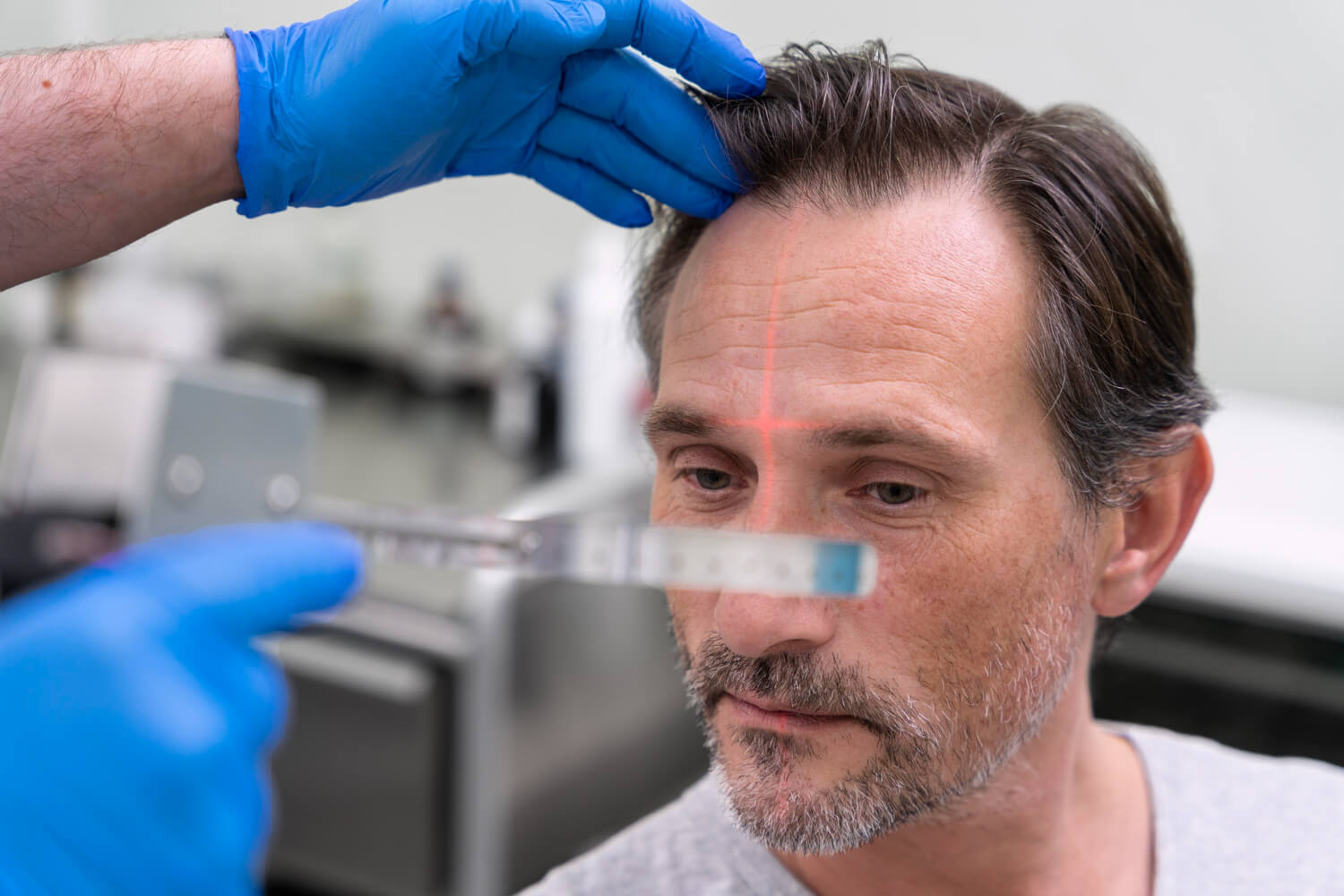Alternatives to a Hair Transplant
Hair transplant surgery is an effective and permanent solution for many people experiencing hair loss, but it’s not the only option. Whether you’re not ready for surgery, want to try non-invasive methods first, or simply have early-stage hair thinning, there are several alternative treatments that may help slow hair loss or promote regrowth.
In this article, we’ll explore the most popular and medically supported non-surgical hair restoration options — from medications to regenerative therapies and cosmetic solutions.

1. Minoxidil (Topical Solution or Foam)
Minoxidil is one of the most widely used and FDA-approved treatments for hair loss. Originally developed as a blood pressure medication, it is now used topically to stimulate hair growth and slow down shedding.
Available over-the-counter (2% and 5% solutions)
Increases blood flow to hair follicles
Works best for early to moderate hair loss
Results usually visible after 3–6 months of consistent use
It is suitable for both men and women and often recommended as a first-line treatment.
2. Finasteride (Oral Medication for Men)
Finasteride is a prescription pill that targets hair loss at the hormonal level. It works by blocking DHT (dihydrotestosterone) — the hormone primarily responsible for male pattern baldness.
Taken daily in tablet form
Most effective for men with androgenetic alopecia
Slows down or halts hair loss in the crown and mid-scalp
May take 3–4 months to see improvement
Finasteride is not recommended for women, particularly those of childbearing age, due to hormonal effects.
3. Platelet-Rich Plasma (PRP) Therapy
PRP therapy is a cutting-edge regenerative treatment that uses your own blood plasma — rich in growth factors — to stimulate hair follicles.
Involves drawing a small amount of your blood
Plasma is separated and injected into thinning areas of the scalp
Promotes natural regrowth and improves hair density
Requires multiple sessions for best results
PRP is especially helpful in early stages of hair thinning or to support hair health after a transplant.
4. Low-Level Laser Therapy (LLLT)
Low-Level Laser Therapy uses red light wavelengths to stimulate scalp tissue and promote hair follicle activity.
Delivered via laser caps, combs, or in-clinic devices
Non-invasive and pain-free
Encourages healthier, thicker hair
Works best when used consistently over time
While LLLT is not a cure, it can be a supportive therapy for mild to moderate hair loss.
5. Nutritional Supplements
In some cases, nutritional deficiencies can contribute to hair thinning or shedding. Supplements that support hair health include:
Biotin (Vitamin B7)
Vitamin D
Iron
Zinc
Collagen peptides
Before starting any supplement, it’s advisable to consult with a specialist and test for deficiencies.
6. Scalp Micropigmentation (SMP)
Scalp Micropigmentation is a non-surgical cosmetic solution for individuals with significant thinning or complete baldness. It involves tattooing small pigment dots onto the scalp to mimic the appearance of hair follicles.
Ideal for shaved heads or very short hairstyles
Creates the illusion of density or a defined hairline
Long-lasting, but not a growth treatment
SMP is purely aesthetic, offering a “buzz cut” look without regrowth expectations.
7. Hair Systems or Wigs
For individuals with advanced hair loss who aren’t candidates for surgery or medications, modern hair systems and wigs provide instant results.
Customized to match natural hair color and texture
Can be worn full-time and styled as desired
Non-invasive and maintenance-dependent
Today’s hair systems are lightweight, breathable, and far more realistic than in the past.
8. Lifestyle and Scalp Care
Your everyday habits also play a role in hair health. Supporting hair from the inside out includes:
Managing stress, which can trigger or worsen hair loss
Eating a balanced diet rich in protein, omega-3s, and antioxidants
Avoiding harsh treatments like frequent bleaching or heat styling
Keeping the scalp clean and hydrated
Healthy lifestyle habits won’t reverse genetic hair loss, but they can prevent additional shedding and enhance the results of other treatments.
Who Should Consider Alternatives?
You may benefit from non-surgical options if:
Your hair loss is in the early stages
You’re not a good candidate for a transplant due to limited donor hair
You want to delay surgery or combine therapies
You prefer less invasive or temporary solutions
Many patients begin with one or more of these treatments and transition to a hair transplant later if needed.
Final Thoughts
While hair transplant surgery offers permanent results, it’s not the only path to restoring confidence and improving appearance. From medical therapies like minoxidil and finasteride to regenerative options like PRP and LLLT, there are a variety of non-surgical alternatives tailored to different stages and types of hair loss.
Not sure which option is right for you? A personalized consultation with a hair restoration expert can help you evaluate your goals, scalp condition, and treatment suitability.
